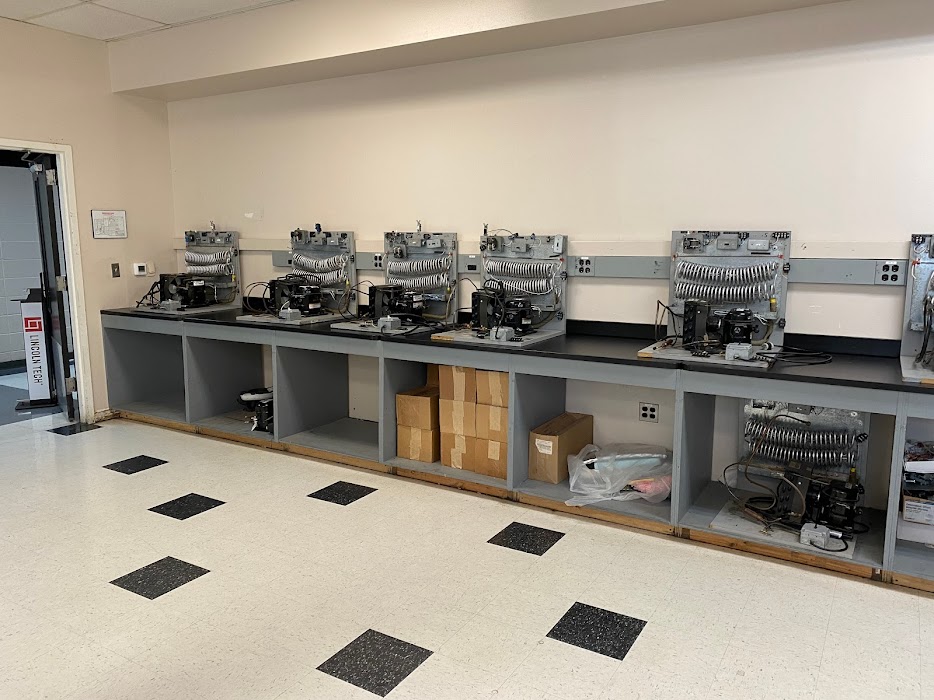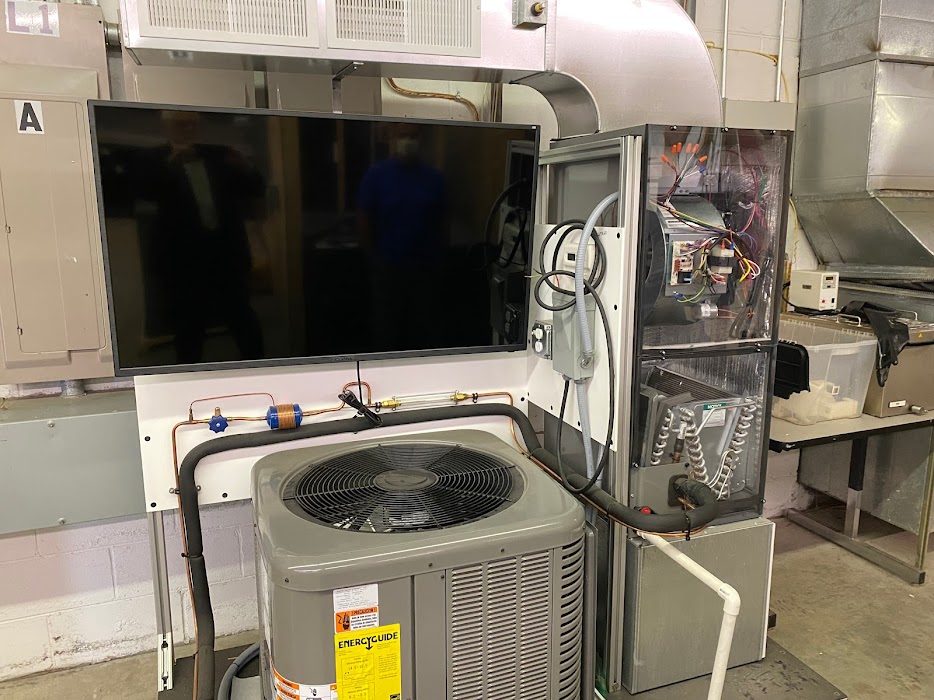When the pandemic hit the USA in the beginning of 2020, HVAC education was disrupted, just like nearly every other part of society. Over a year and a half later, disruptions remain. Still, this fall saw many students returning in-person to their schools, and HVAC education was no exception. So what’s the state of HVAC education this year with a weakened but still very present pandemic?
The Past and Future in HVAC Education
Coleman Simmons is the program chair, Air Conditioning Technology, at Athena Technical College in Georgia. He explained that in Georgia, most HVAC schools have returned to some type of in-person instruction. However, many have made changes to include more online instruction as part of the overall course. This could include, for example, offering the lecture online and only requiring in-person student attendance in the lab portion of the class.
Over the past year, many HVAC instructors offered online education, and some of this online teaching may well continue even after the pandemic wanes. While there are challenges to online learning, such as keeping student attention for long periods of time, there are benefits.
“Having more comprehensive online content has proven to be very helpful to most of our students,” said Simmons. “If a student misses a class, they can simply go online and see the content that was covered in class. Students also find the online content helpful for studying and for reinforcing the material that is covered in class.”

GOING FORWARD: The past year led instructors to implement better lab organization and management, such as consolidating lab assignments into single, larger projects. (Courtesy of HVAC Excellence)
The past year also led instructors to implement better lab organization and management, such as consolidating lab assignments into single, larger projects that conveyed the skills and practices that may have once been taught by multiple smaller lab activities.
Simmons said that going forward, there are now more options and resources for students, such as expanded online content and activities, recorded classes available online, expanded lab hours, scheduled lab periods, and more consolidated lab activities.
“I have found that students of today’s generation especially like more flexibility and diversity with class delivery methods,” said Simmons. “While we make more online instruction available, I firmly feel it is critical to keep a strong emphasis on applied learning, especially in-person, hands-on labs. Nothing can totally replace hands-on learning in the HVACR field if students are to learn the vital skills that are necessary for technicians to know.”
Dr. Michael Lanoutte, regional director, Centura College, agreed that the pandemic put the idea of online education front and center, and that HVAC educators did an excellent job of pivoting to that model. Some HVAC schools Lanoutte sees are still maintaining a hybrid model of in-person and online teaching. One teacher had his students go to their own HVAC units in their home and identify the different components, showing one way that an instructor used creative teaching methods to engage students during online schooling. Instead of giving students textbooks, Lanoutte’s technology center gives them Surface Pros, revealing how technology is driving shifts in education forward.
Wayne Blackwell, HVAC instructor at Pickens Technical College in Aurora, Colorado, said that because HVAC education was deemed essential, students were allowed to meet in-person for their labs throughout the pandemic. Lectures were done online and labs in-person, provided social distance and proper health measures took place. This year, education is completely in-person for both lecture and lab training, with the requirement that masks are worn.
HVAC Apprenticeships
Brad Tisdale is the director of HVACR training, Steamfitters Local Union 449 Technology Center. The technology center offers a five-year apprenticeship, where students spend one day in school every other week and work on the side as apprentices during their other educational time. The apprenticeship program only went off track for five weeks in March 2020, when the pandemic initially fired up. But once construction opened back up, the apprentices were able to return to their jobsites. Tisdale said that most of the local tech schools he is seeing are back in-person.
The pandemic moved the apprenticeship program more online, such as a revamped presence through Blackboard. Blackboard’s software allowed students to continue education online if they were stuck at home, and it also allowed teachers and students to communicate within the portal. Plus, since teacher’s needed to outline the entire classwork on Blackboard at the beginning of the class, ambitious students were able to work ahead.
The apprenticeship program also embraced virtual-reality HVAC education through working with Interplay Learning, which helped students stay engaged while at home working on their studies. The virtual learning complemented the live performance lab the school has.
“The students embrace virtual reality learning, and a lot of them really enjoy it,” Tisdale said. “There’s a scoreboard, so students can compete with each other. Several students are working ahead and putting extra time in, showing motivation and determination.”
HVAC Contractors Partnering With Educators
Contractors have an important role in education, as they represent the industry on the frontlines. Simmons said that it is important that HVACR education programs and contractors maintain close working relationships with each other, sharing experiences and conveying the needs of the industry.
“From contractors, we learn where we need to make changes and additions to the curriculum and to our instructional methods,” said Simmons. “We receive many great ideas from our contractor partners.”

MAINTAINING THE PIPELINE: HVAC contractors can work to remind school boards and government representatives of the importance of maintaining a quality pipeline for talent in the HVAC industry through quality education programs. (Courtesy of HVAC Excellence).
In addition, the value of trade schools seems to be under scrutiny constantly from those in control of budgets, and some politicians fail to see the importance of trade schools in bringing up new talent. Lanoutte told contractors that one of the most important things contractors can be doing is remind school boards and government representatives of the importance of maintaining a quality pipeline for talent in the HVAC industry.
Blackwell said that one way contractors and technicians can support HVAC educators is to go to classes and share their experience of the industry and field work. One of Blackwell’s graduated students, for example, came back to the class to share the success (and salary) he had achieved only three years out of school. These stories can reinforce that students in the program are making the right career decision, boosting graduation rates and the amount of skill entering the industry.



Report Abusive Comment